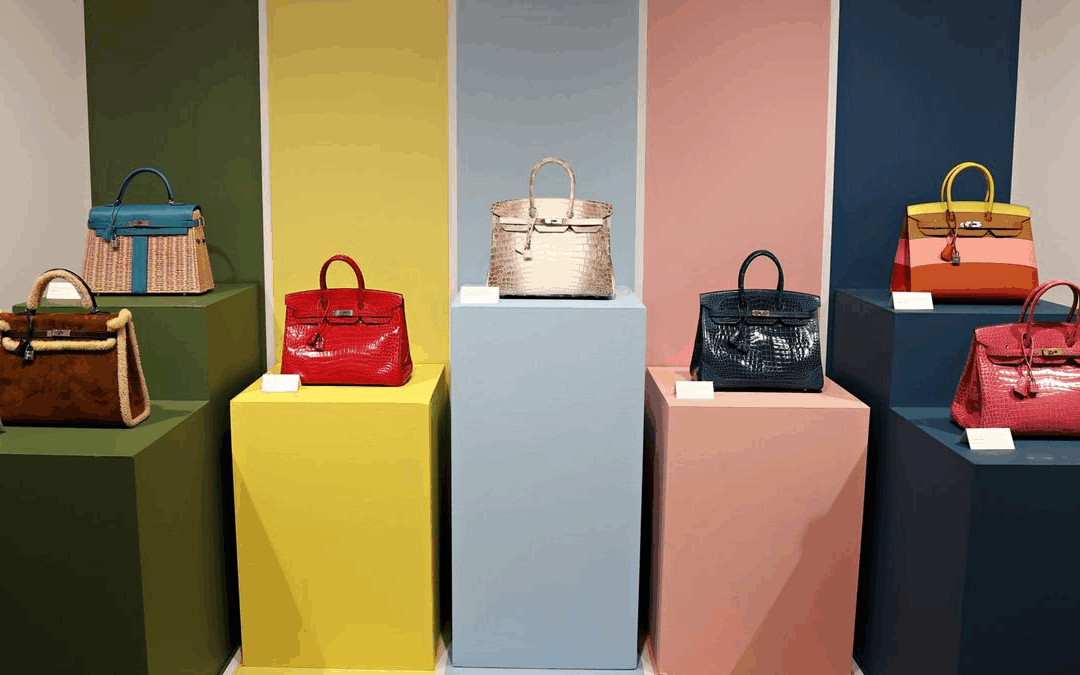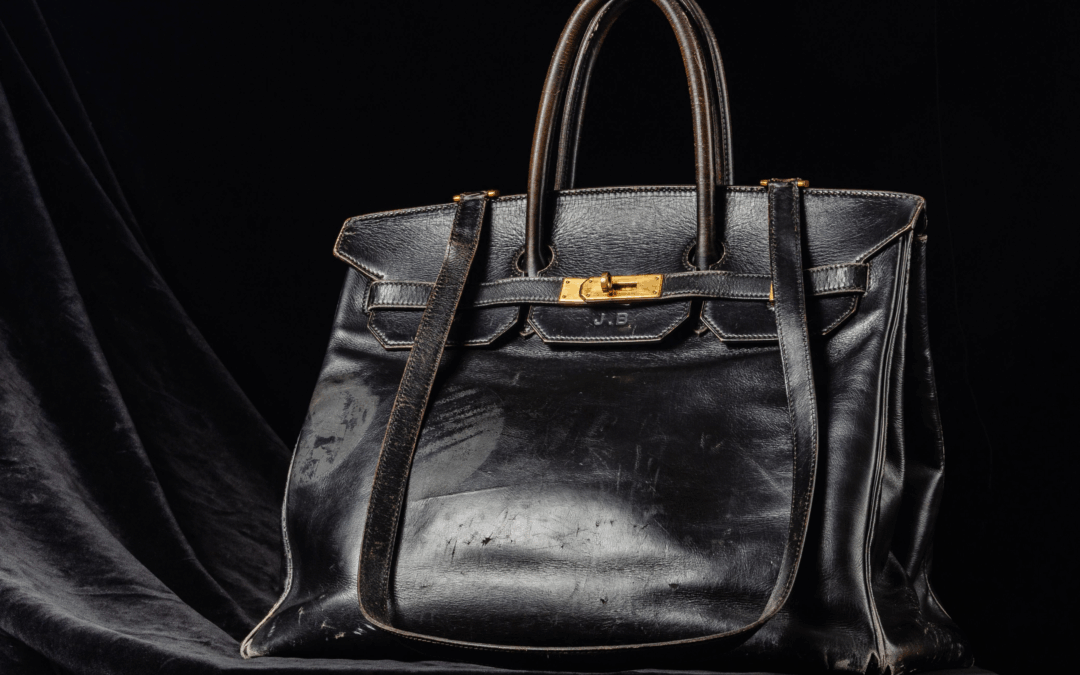
by Thea Elle | Aug 12, 2025 | Luxury Accessories
Style Companion The HERMÈS Evelyne: Perfect for Carrying Lip Balm and Your Sense of Superiority by Thea Elle | August 12, 2025 | Style Guide Ah, the HERMÈS Evelyne, the bag that whispers “I’m wealthy, but I still shop at the farmer’s market” while hanging casually...

by Thea Elle | Aug 12, 2025 | Luxury Accessories
Style Companion Sustainable Chic: Saving the Planet, One Underpaid Seamstress at a Time by Thea Elle | August 12, 2025 | Style Guide Step into the shimmering world of LVMH’s eco-conscious elegance, where sustainability is a runway accessory and every press release...

by Thea Elle | Aug 10, 2025 | Luxury Accessories
Style Companion Birkin Control: Keeping the Borders Tight by Thea Elle | August 10, 2025 | Style Guide In the golden age of luxury shopping, the hardest part of buying a HERMÈS bag was pretending you “just wandered in” and weren’t desperate for a Birkin. Now, the...

by Thea Elle | Jun 30, 2025 | Luxury Accessories, Luxury Industrial Complex
Style Companion Louis Vuitton at Walmart: The End of Luxury as We Knew It by Thea Elle | June 30, 2025 | Luxury Industrial Complex It’s official: luxury has left the building. It’s now sitting quietly in your Walmart shopping cart between a Crock-Pot and a value pack...

by Thea Elle | Jun 23, 2025 | Luxury Accessories, Style Guide
Style Companion The Anti-It Bag: Jane Birkin’s Basket and the Art of Not Caring by Thea Elle | June 23, 2025 | Style Guide Before the Birkin became a symbol of luxury, it was just a woman. And before that woman, it was a humble straw basket bought from a pharmacy in...

by Thea Elle | Jun 17, 2025 | Luxury Accessories, Style Guide
Style Companion Birkin’s Full Circle: How the World’s Most Exclusive Bag Became the People’s Favorite Status Illusion by Thea Elle | June 17, 2025 | Style Guide There was a time when owning a Birkin meant you had truly arrived. The bag was once shorthand for...







